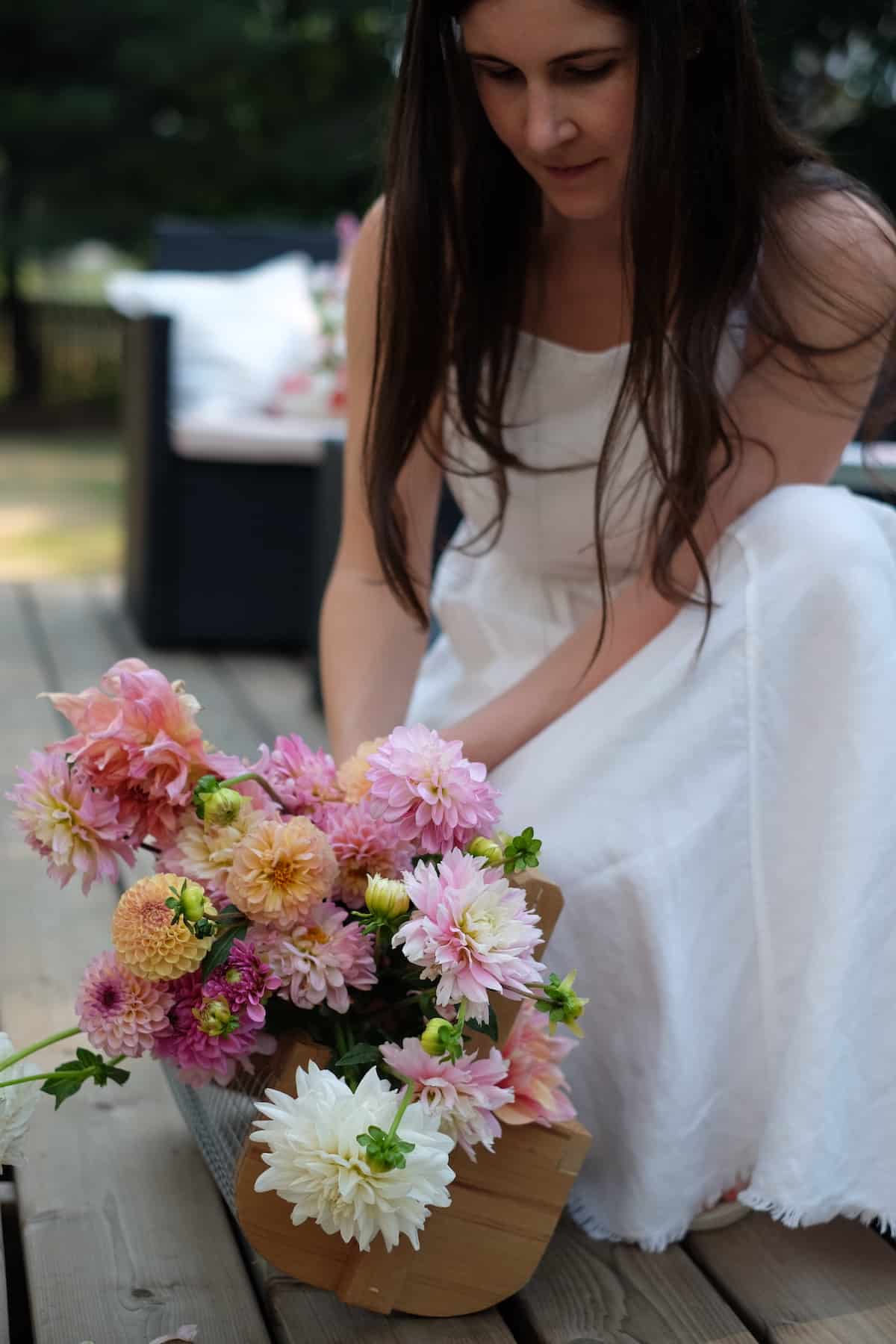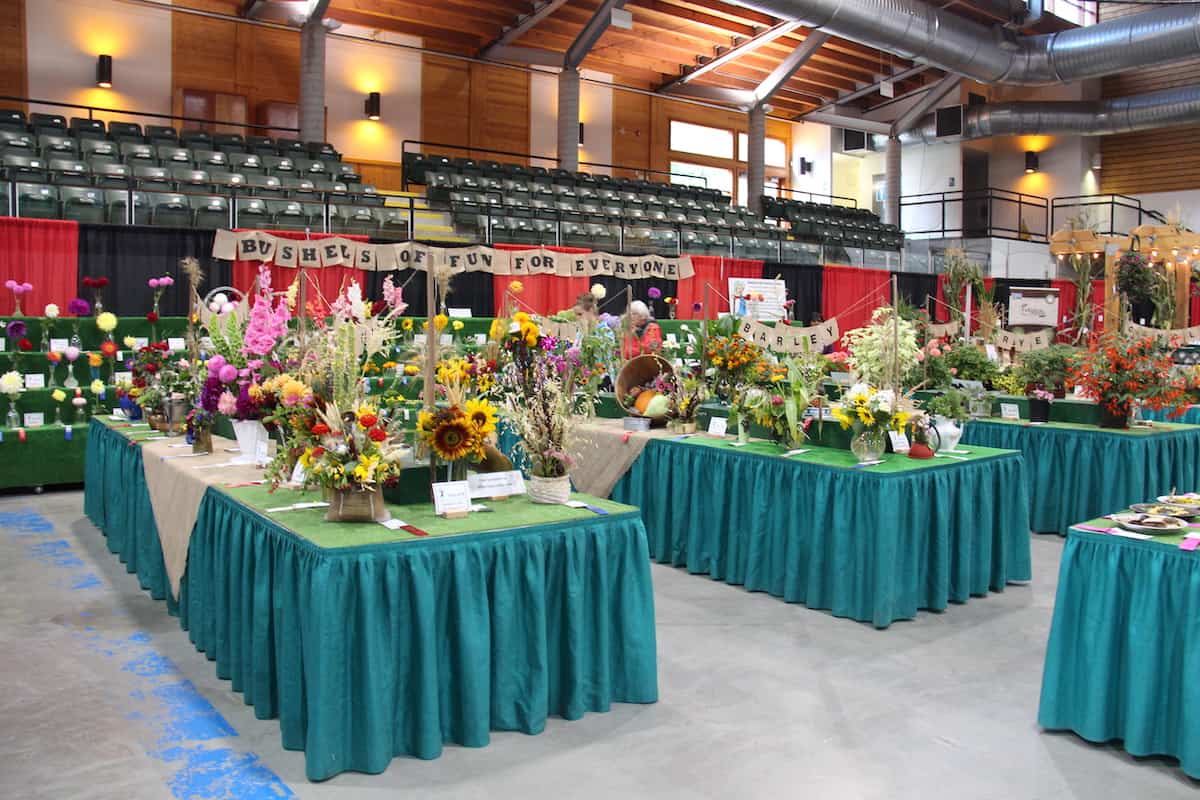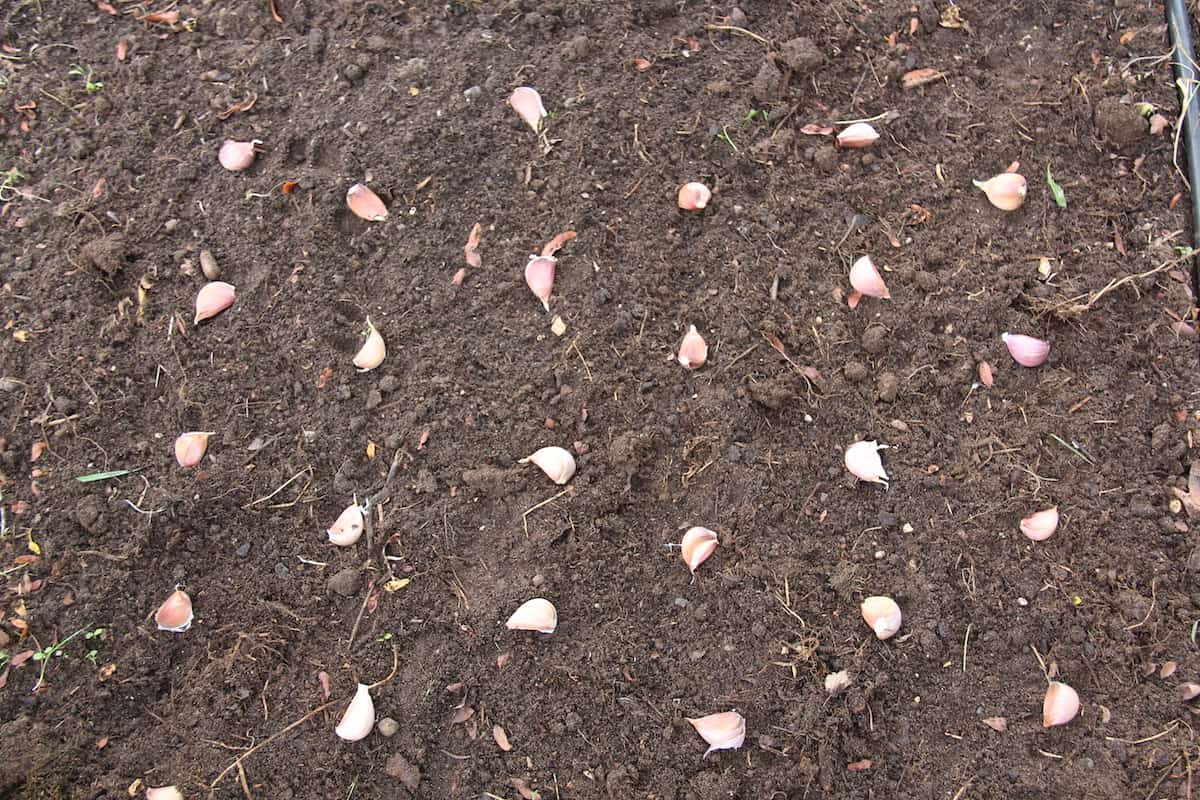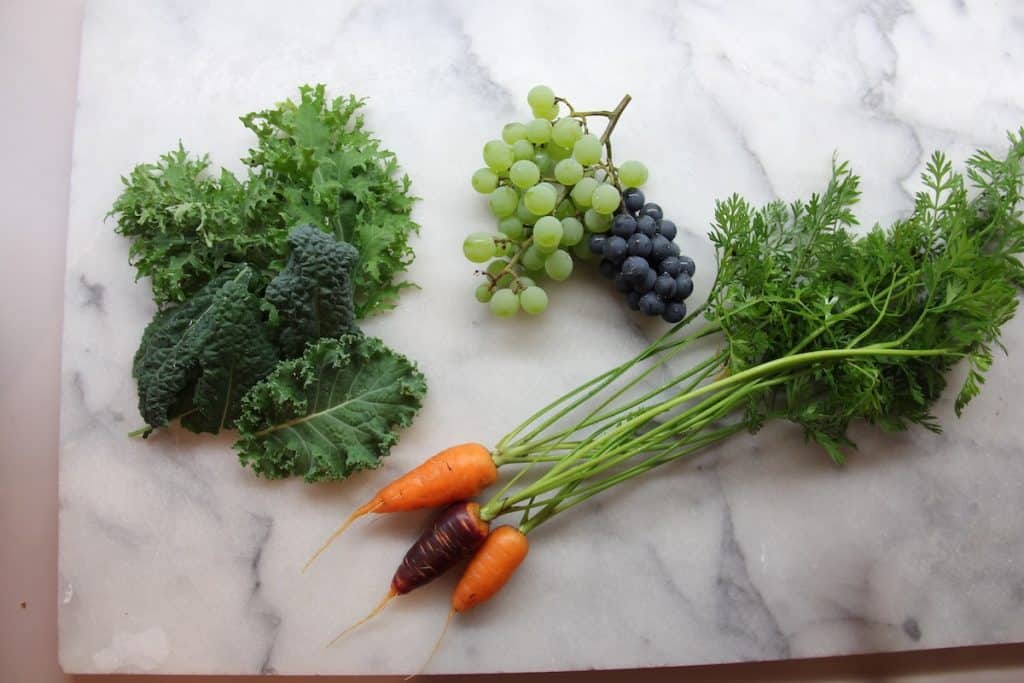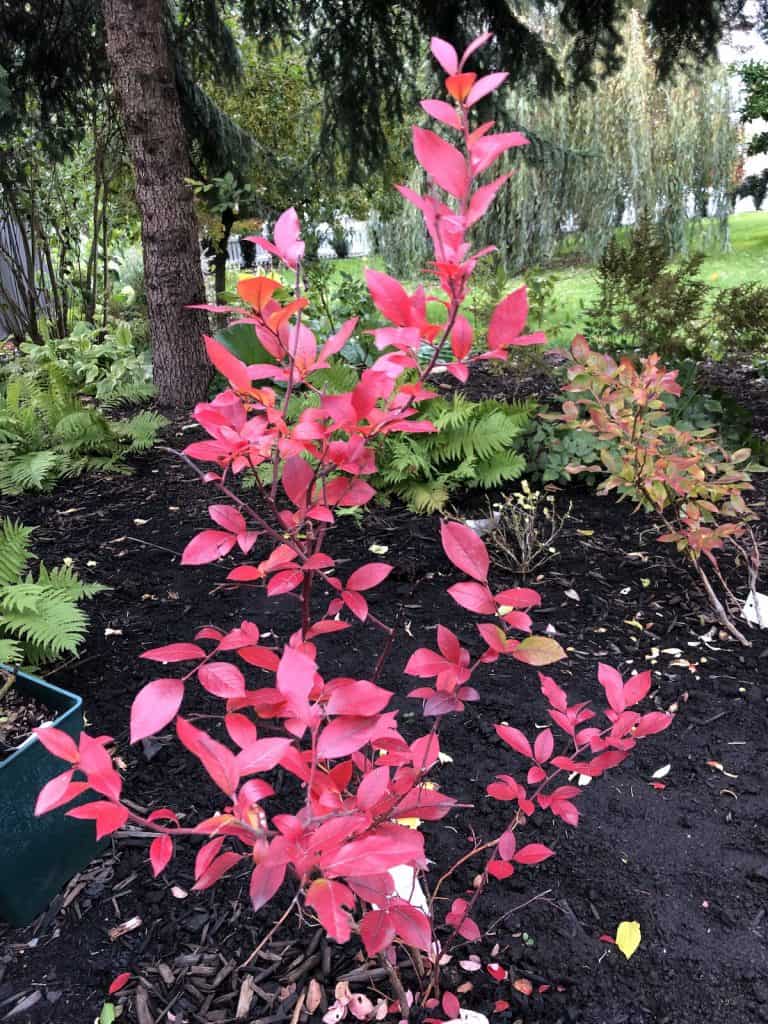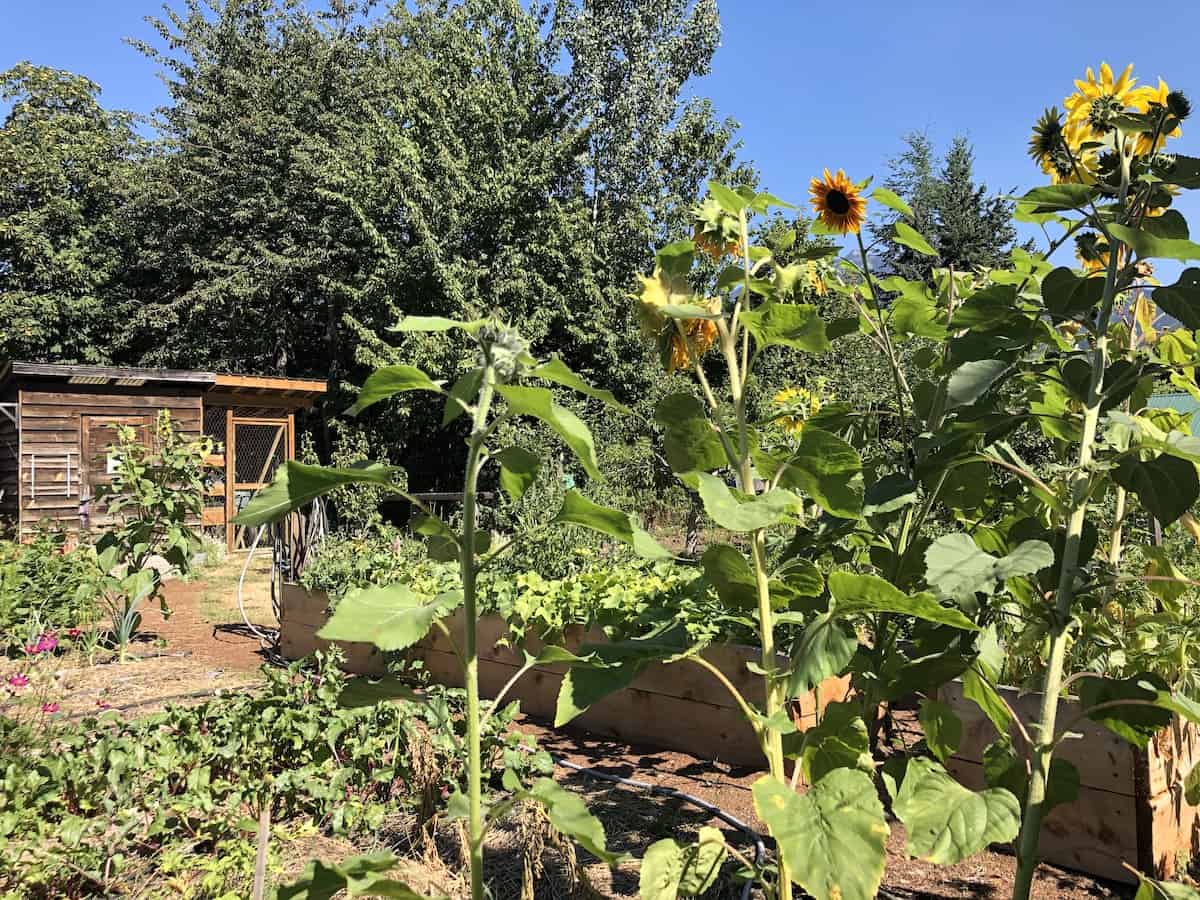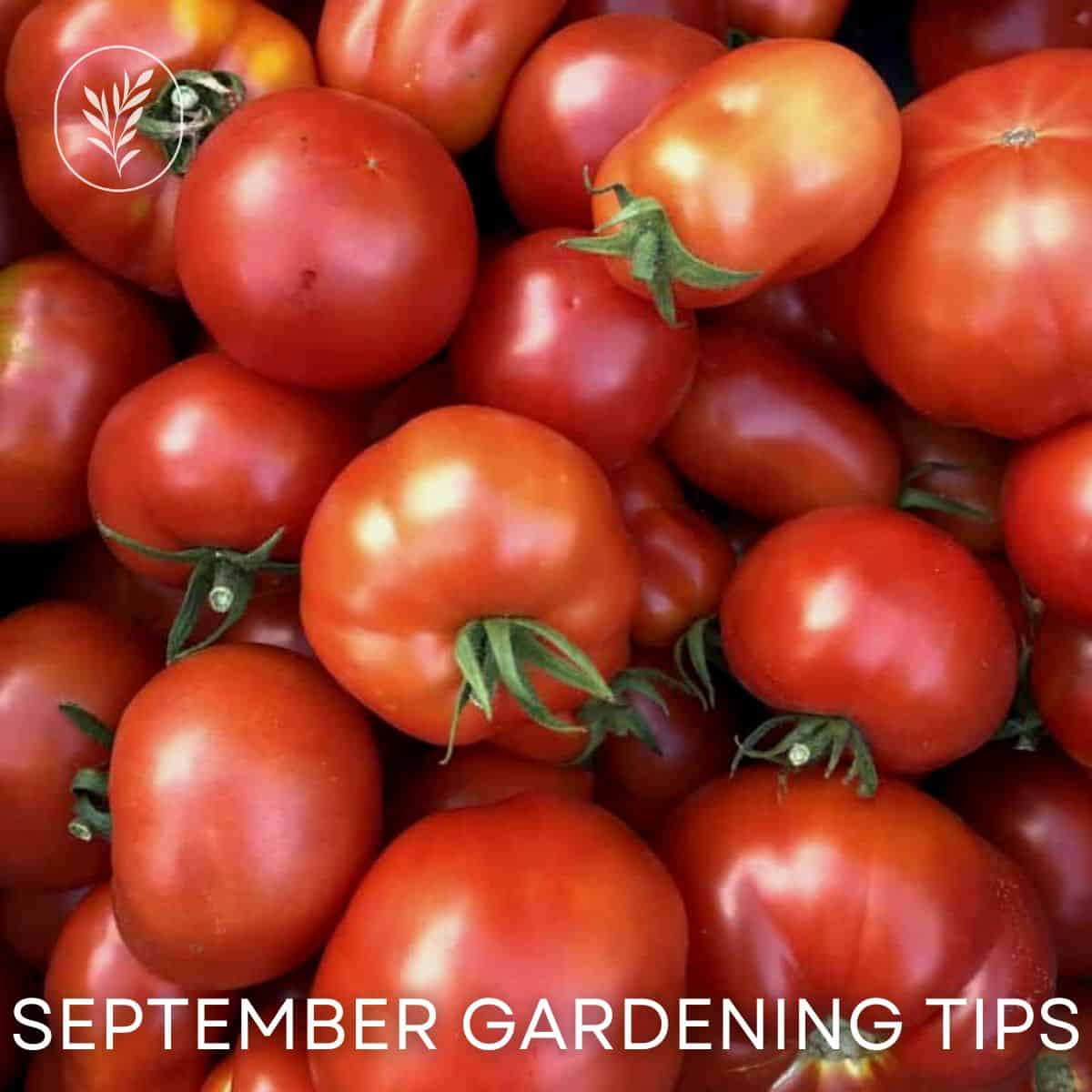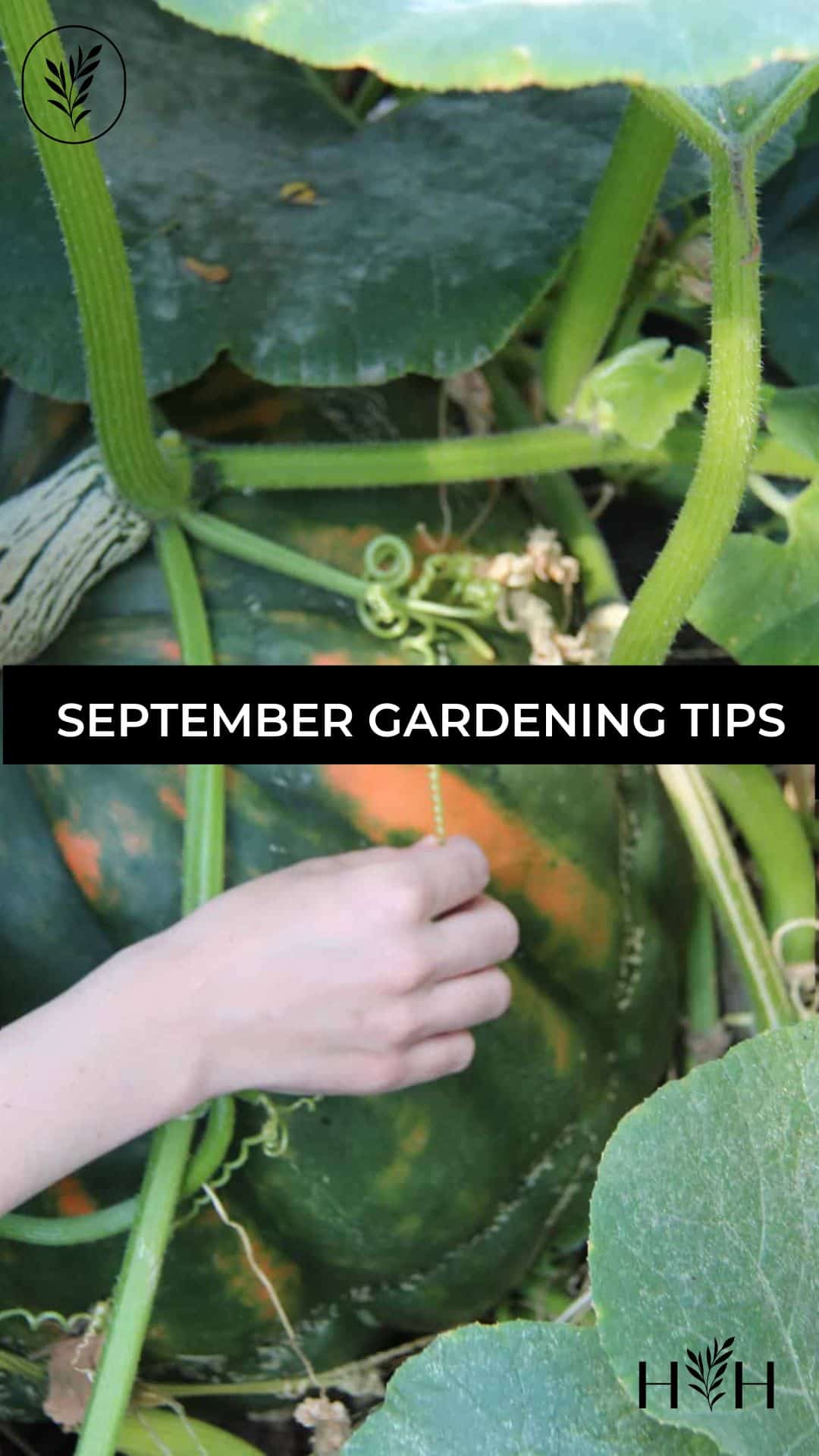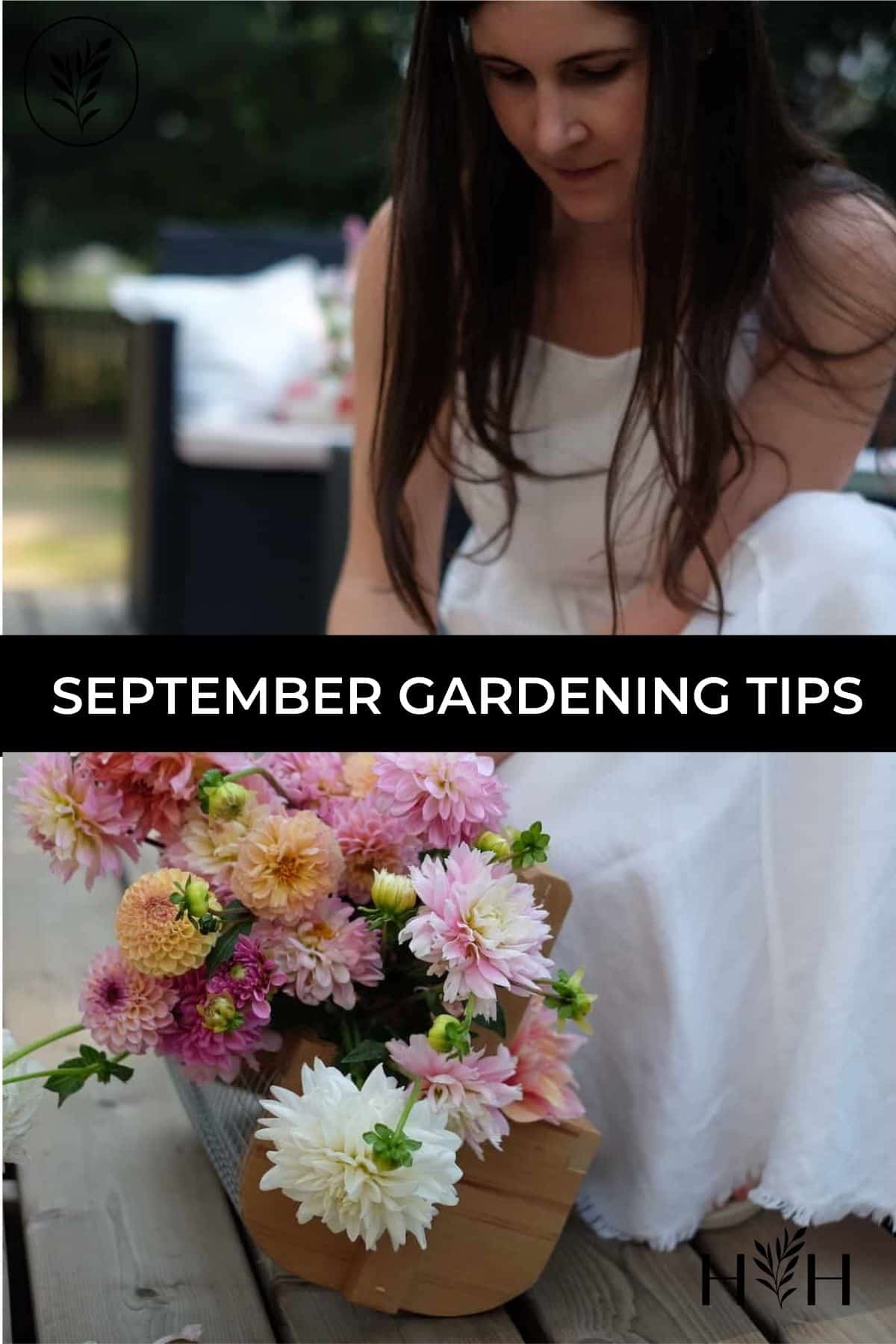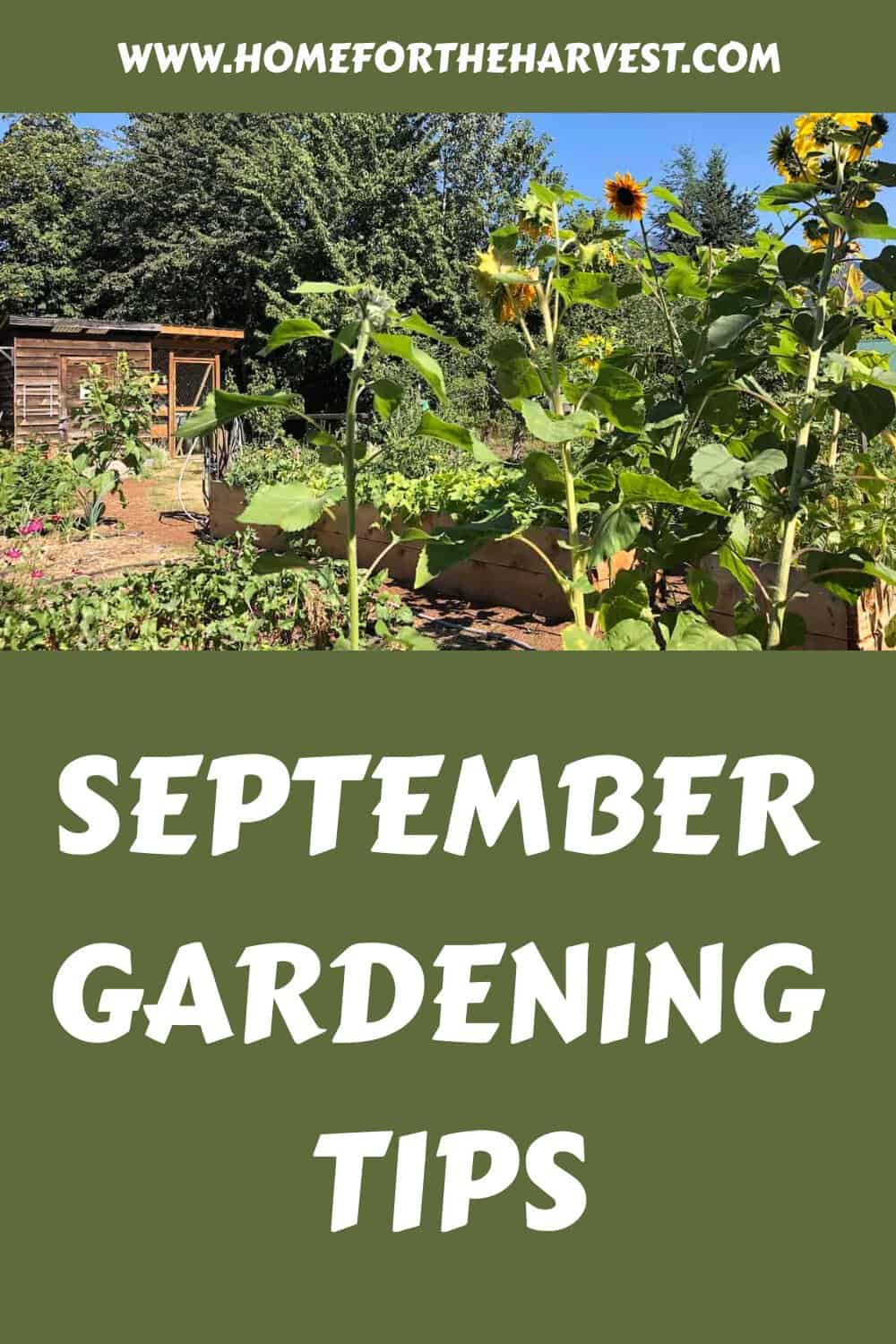September is fall harvest season in the garden. It’s time to enjoy the ripe tomatoes, corn, and crisp autumn apples. It’s also time to start clearing away dead foliage, plant some overwintering crops, and hopefully score some perennial plants on sale! Here are the September gardening tips that will help you make the most of both this year’s harvest and next season’s soil health.
September Gardening Tips: The Basics
There are a few key September gardening tips that form the overall theme of the month. Here are the most important items to keep on top of:
- Harvest vegetables, fruit, and other food crops on a regular basis as they ripen. Take a daily wander through the garden to check for ripe produce.
- Prep an area for composting. Autumn means yard waste, and yard waste makes excellent homemade compost.
- Plant long-lived landscape plants, including herbaceous perennials, woody shrubs, and young trees. September is the perfect time of year to get these permanent installations into the ground.
- Plant grass seed on a well-prepared soil surface. Lawn care is a key part of September gardening, and now is the perfect time of year to sow fresh seeds.
“The September garden thins out, as though the colours and light were being gently stretched. The sun drops in the sky, slanting at an angle that, for a few precious weeks, creates the best light of the year, and the thinning leaves sieve it like muslin.”
Down to Earth: Gardening Wisdom, by Monty Don
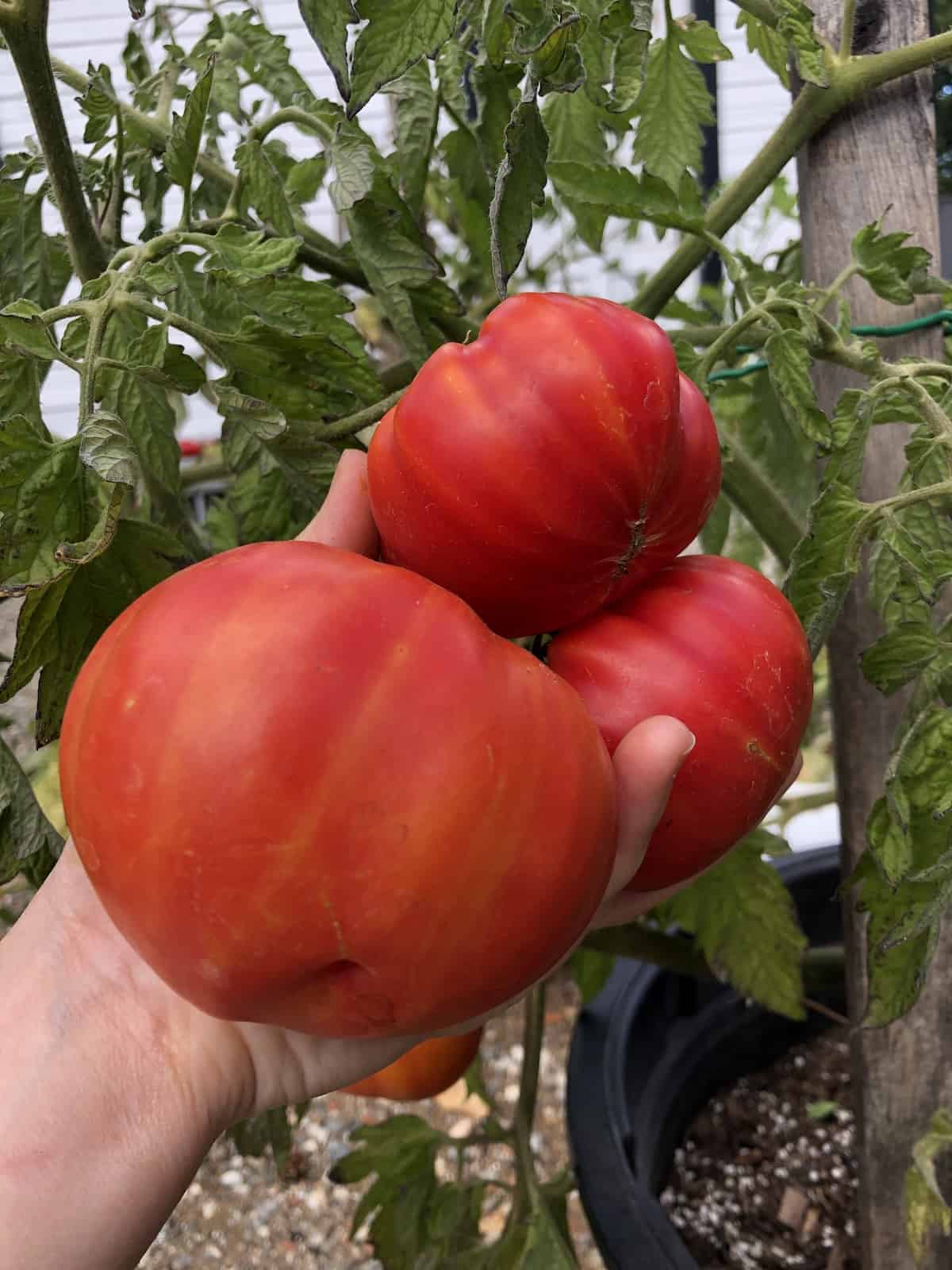
Harvest Season in the Garden
September is peak harvest season in the garden. Take a daily walk through the food-producing areas of your yard or patio and check for ripening produce. Keep an eye out for pests/diseases, and keep watering if there is not much rain and temperatures stay high.
September Vegetable Harvest
Many useful September gardening tips relate to the autumn vegetable harvest. Focus on harvesting the vegetables that will not survive frosty temperatures. This includes tomatoes, melons, peppers, and beans.
Keep an eye on the weather forecast. Most tomatoes should be picked by the end of the month. Green tomatoes can be picked before the first frost and brought indoors to ripen off the vine.
Peppers can be left on the vine to allow their flavor to develop. Mature red peppers become both sweeter and spicier than their younger green counterparts. Compact pepper plants are longer-lasting than tomato plants and can be brought indoors if desired once cold temperatures arrive. Be sure to save some seeds from your favorite peppers to plant next year!
Swiss chard will continue growing through the month. Younger leaves are more tender for use in salads. Any damaged leaves from the outside of the plant can be composted.
Harvest carrots by lifting them carefully to avoid snapping off the stems or part of the root. Use a garden fork to loosen the soil around the carrot roots if the ground is hard. You can also use a shovel, but it’s somewhat more likely to snap off longer carrots if you’re not careful. If you’d like to save carrot seeds next summer, leave a few of the strongest-looking plants in the ground over the winter so they can bloom in the spring.
Begin harvesting pumpkins and other winter squash at the end of September. Winter squash keep for a much longer time period if they’re allowed to dry (cure) in the sunshine. The sun helps to harden their skins for longer storage.
Corn is ready to be picked when the silky hairs at the top turn brown. Corn doesn’t store well and has its best flavor right after picking. Ripe corn has a milky juice inside its kernels and snaps easily off the vine with a downward pull. Truly fresh corn is so yummy and juicy that it can be BBQ’d in its husk without soaking it first.
Harvesting fruit in September
September is a wonderful month to pick apples! Apples that are ready to pick should come off the tree easily. Some gardeners like to pick apples by gently twisting them off, while others prefer to flip the apples upside down so the stem pops off the branch. Apples should be picked before the first frost.
Backyard grapes are also in peak season in September. Grapes harvested at the beginning of the month will be young and tart, while grapes left on the vine until the end of September are often sweeter.
September is a perfect time to do some work in the strawberry patch. Remove the oldest plants and trim/replant some of the youngest runners. The young plants will become established before winter dormancy sets in, setting your patch up for a bumper strawberry crop in the spring.
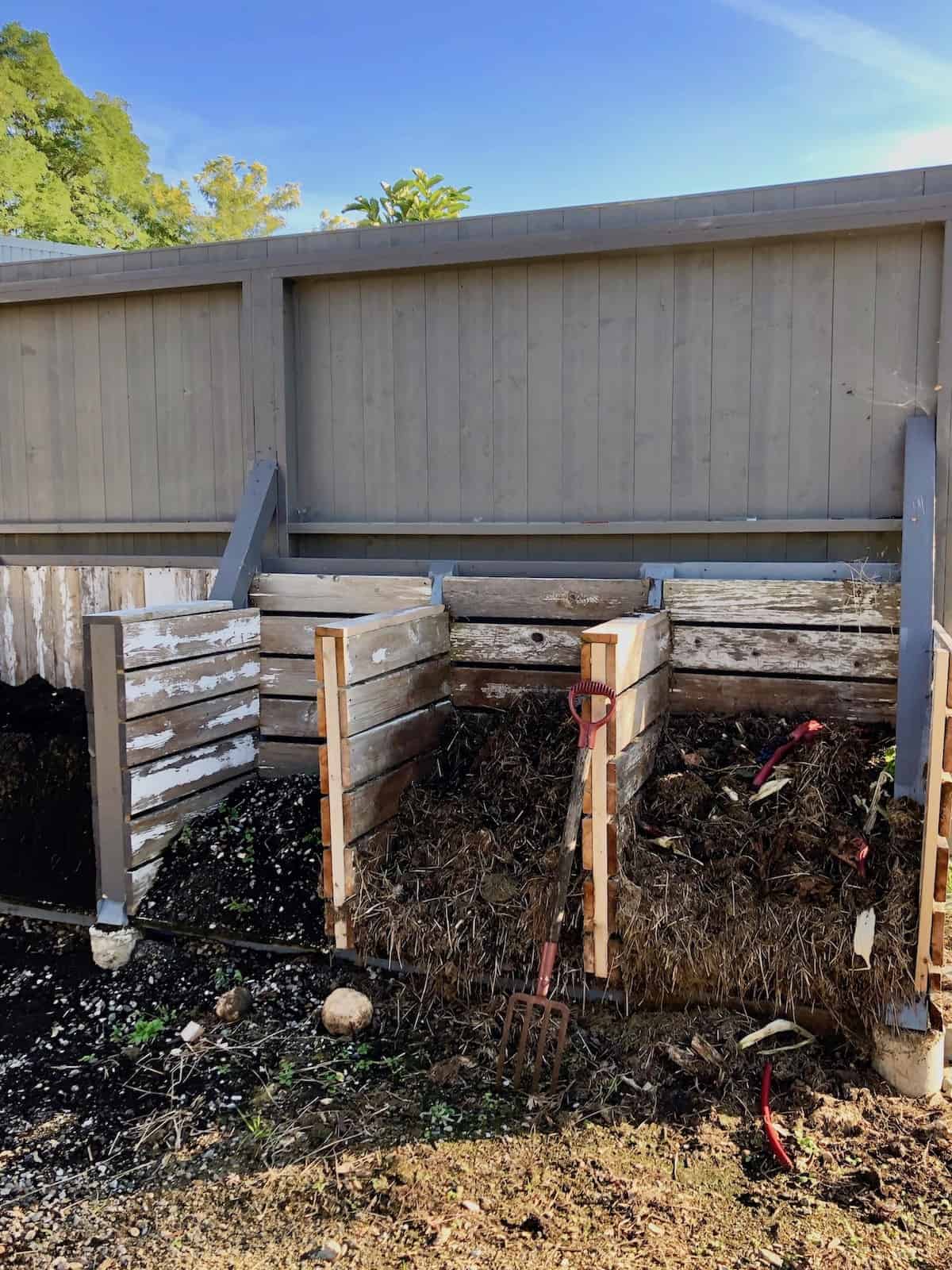
Preparing for fall compost
September is time to prepare for the oncoming onslaught of yard waste from the garden. You’ll have less-than-perfect produce to compost, spent plants from the garden, and soon….lovely autumn leaves!
Start collecting all the foliage that has grown over the summer. Weeds (that somehow keep growing this late in the season) can be composted, but it’s best to do so before they go to seed.
Leaf mold, or composted leaves, is considered “gardener’s gold” due to its nutrient-rich composition and excellent soil conditioning properties. Make a dedicated spot to create your own leaf mold as the leaves start to fall.
If you have time, consider turning the compost heap every few days, or once a week. Water it with the hose as it’s turned to help introduce both air and water into the heap. If the weather turns overly rainy, consider covering the heap to keep it from turning into a wet mess.
Removing weeds from the garden
High temperatures and excessive summer humidity cause dry areas where weeds tend to proliferate very easily. Pull out weeds (hopefully before they grow seeds) before they get a chance to take over areas of the lawn or garden. Make plans to plant more desirable plants in those areas recently cleared of weeds. Bare soil tends to fill up with plants – might as well choose the plants you want!
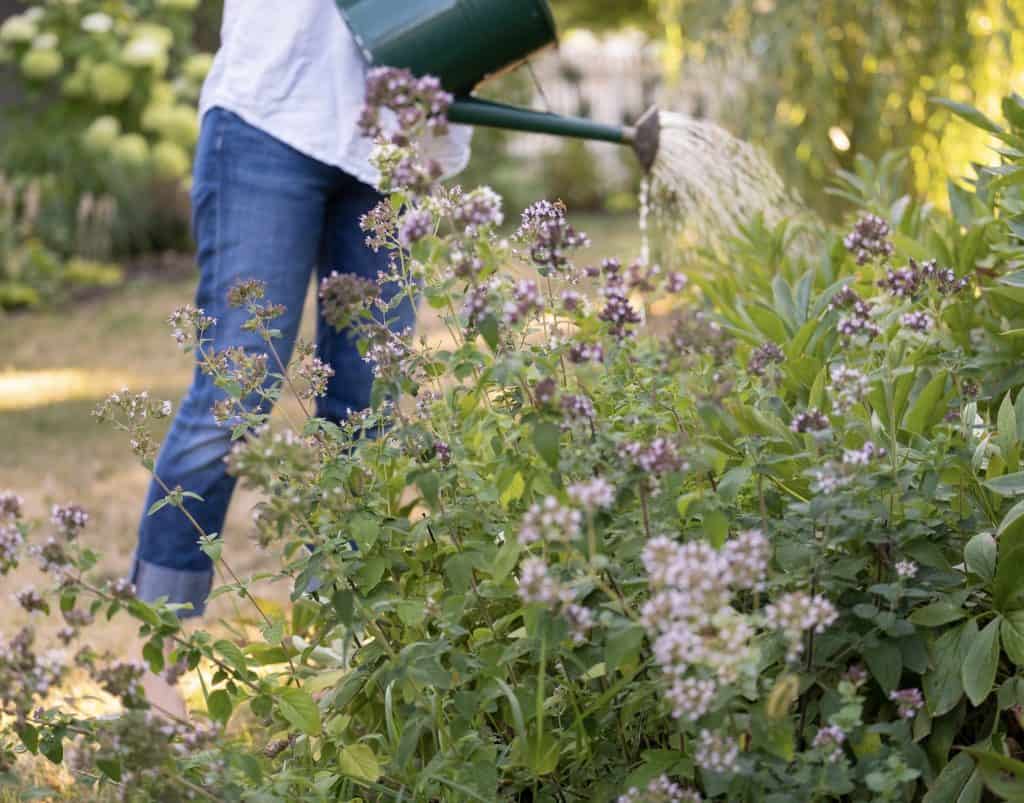
Water your garden deeply
After long days of sun and heat, garden soil can become quite dry. While some plants are drought-resistant, every plant needs water to survive and thrive.
Water your garden deeply when you do water it. One very important gardening tip (year-round) is to water as infrequently as possible, but when you do water, water slowly and consistently over a long period of time. Watering a garden bed with a sprinkler for a few hours at dawn (once a week) is much more effective than sprinkling it with a hose nozzle for a few minutes every afternoon.
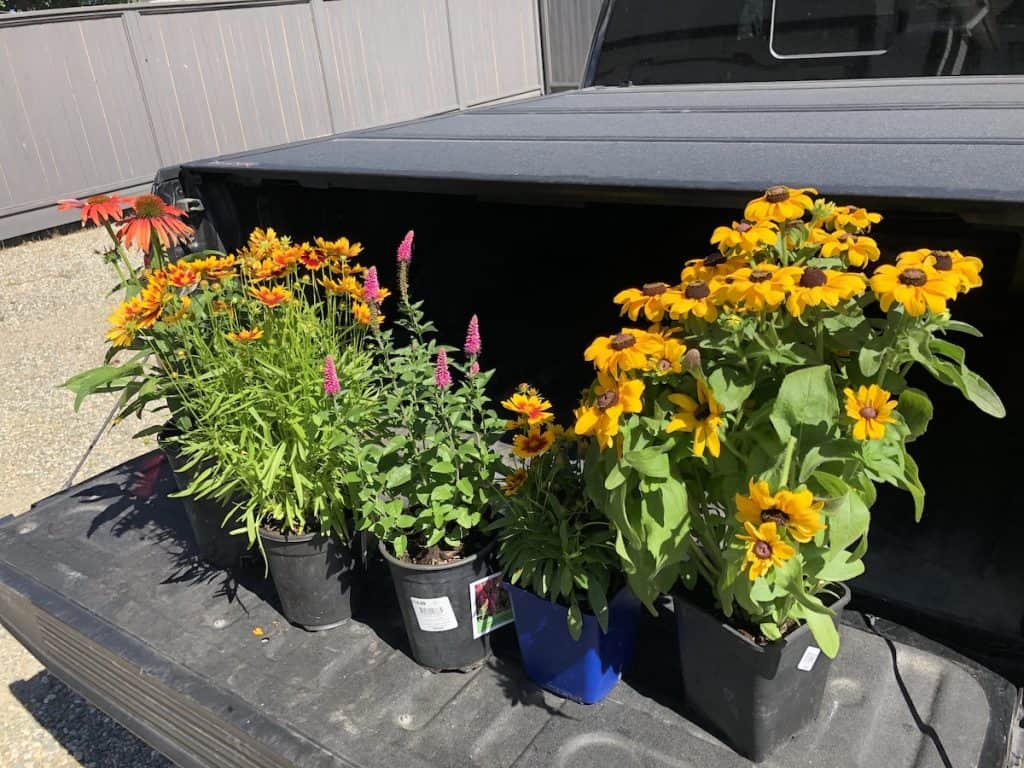
Plant herbaceous perennials, shrubs, and trees
Early autumn is an ideal planting season for long-lived plants. Herbaceous perennials are often on sale by this point in the year, especially at seasonal garden centers. You may also be able to snag a deal on flowering shrubs like roses and hydrangeas, which can be quite expensive. Lastly, early autumn is a wonderful time to plant trees!
Plant spring flowering bulbs
The arrival of autumn is the perfect opportunity to start planting spring bulbs, such as daffodils, tulips or crocuses. Plant the bulbs now to allow them to grow some roots before going dormant over winter. This is one of those September gardening jobs that really pays off in the springtime!
Here are some spring bulbs to plant in September:
- Daffodil
- Tulip
- Crocus
- Iris reticulata
- Muscari
- Wood Anemone
- Scilla
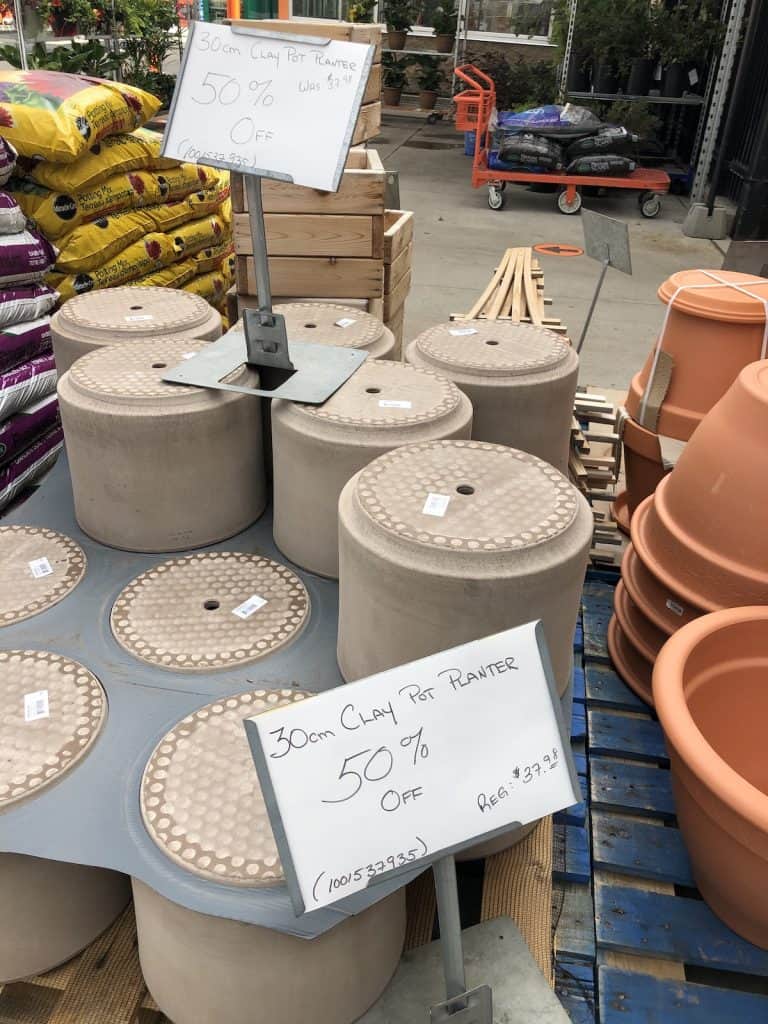
Score garden supplies on sale
September is prime time for scoring deals on gardening supplies at the garden centers and big box stores. Retailers are often closing outdoor garden areas for the winter or converting areas stocked with garden supplies into holiday areas. They have to blow out the planters and potting soil to make room for the Halloween decor, thanksgiving items, and Christmas decorations.
Look for deals on expensive supplies like planters, potting soil, and other gardening basics. You’ll be glad you did if you want to enjoy indoor plants over winter, or even if you simply appreciate getting a good bargain (and a head start) on next spring’s garden.
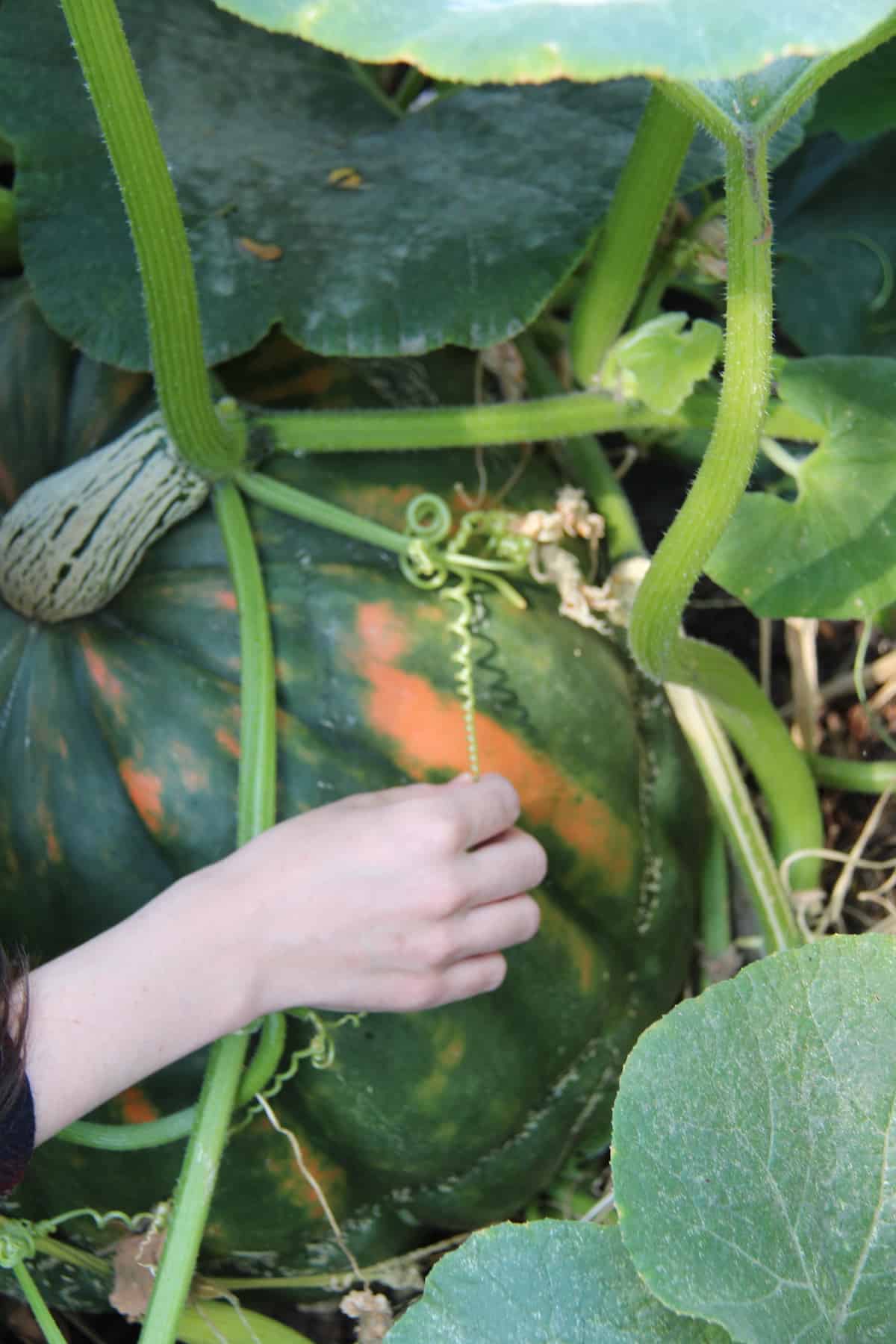
Feed your garden with high-quality organic fertilizer
Just before the fall, it is the best time to provide our plants with a wide variety of nutrients that will make them stronger and more resistant to the cold that is coming. Organic fertilizers are the best choice for this, such as homemade compost or worm castings. Here are some excellent organic fertilizers to choose from.
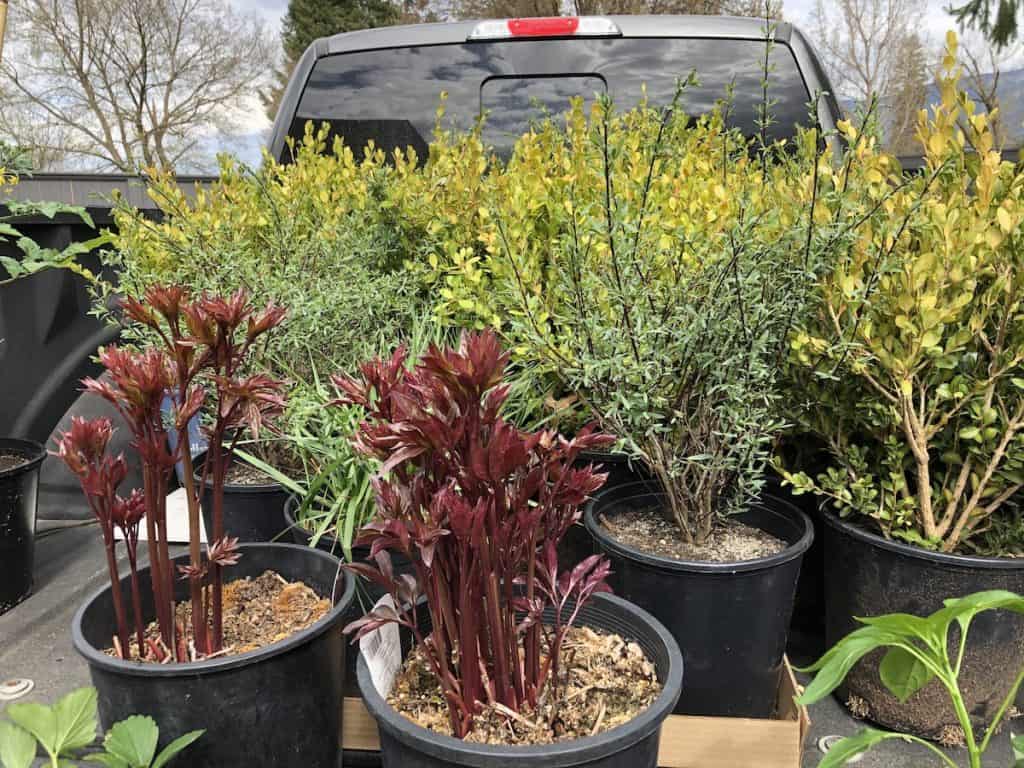
Plan for cool-season color and winter interest
There are beautiful ornamental plants for all times of the year. While cool-season interest can be a bit more tricky to plan for, it’s certainly worth it! Look for plants with pretty twigs (think red-twig dogwood). Leave seed heads up on pretty perennials. Add evergreen hedges and other strong geometric shapes to keep things interesting in the cooler seasons.
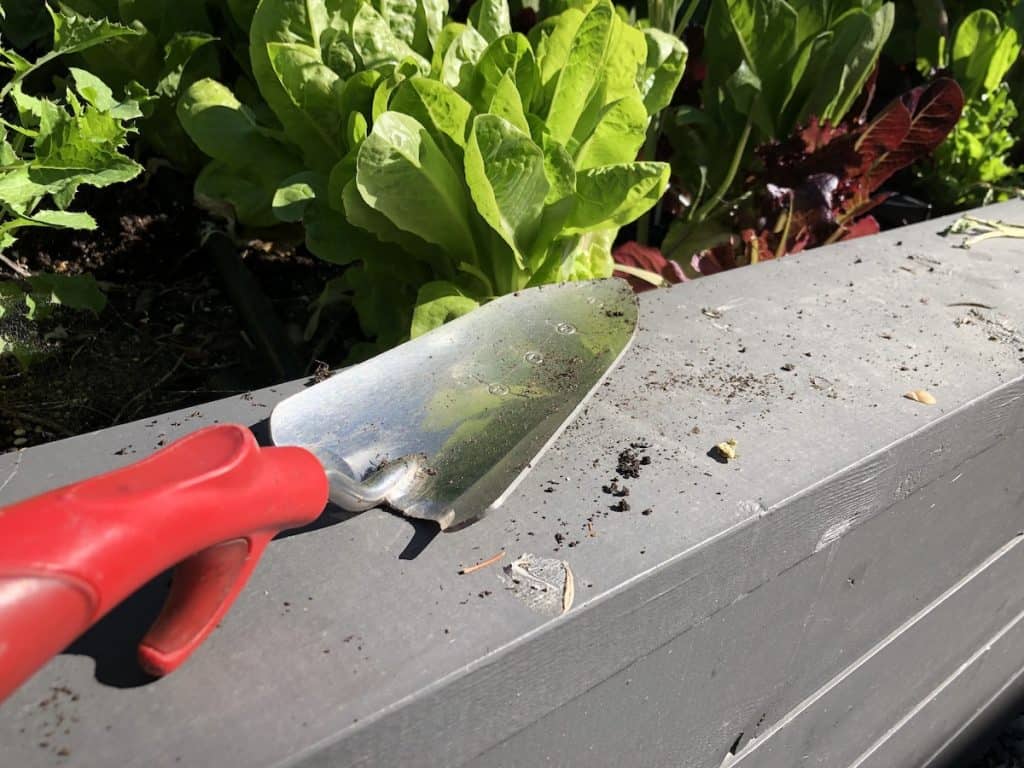
Planting vegetables and winter crops in September
September is the right time to plant winter lettuce crops and salad leaves like spinach and arugula. These greens do best in the cooler temperatures of autumn than they do in the heat of summer. You can also plant out overwintering crops like onions and cabbages right now. Here is a big list of winter crops you can plant in September.
Planting garlic is a specific to-do item in September for most gardeners in temperate regions. It’s easy, fun, and a good use of over-winter garden space. Here’s a tutorial all about how to plant cloves of garlic so you can grow your own bulbs for harvest next summer.
If growing more food right now is not on your radar, consider planting a helpful cover crop to act as a “green manure” to improve next year’s soil. There are tons of different options (see previous link) that can be turned right back into the soil to boost nutrient levels.
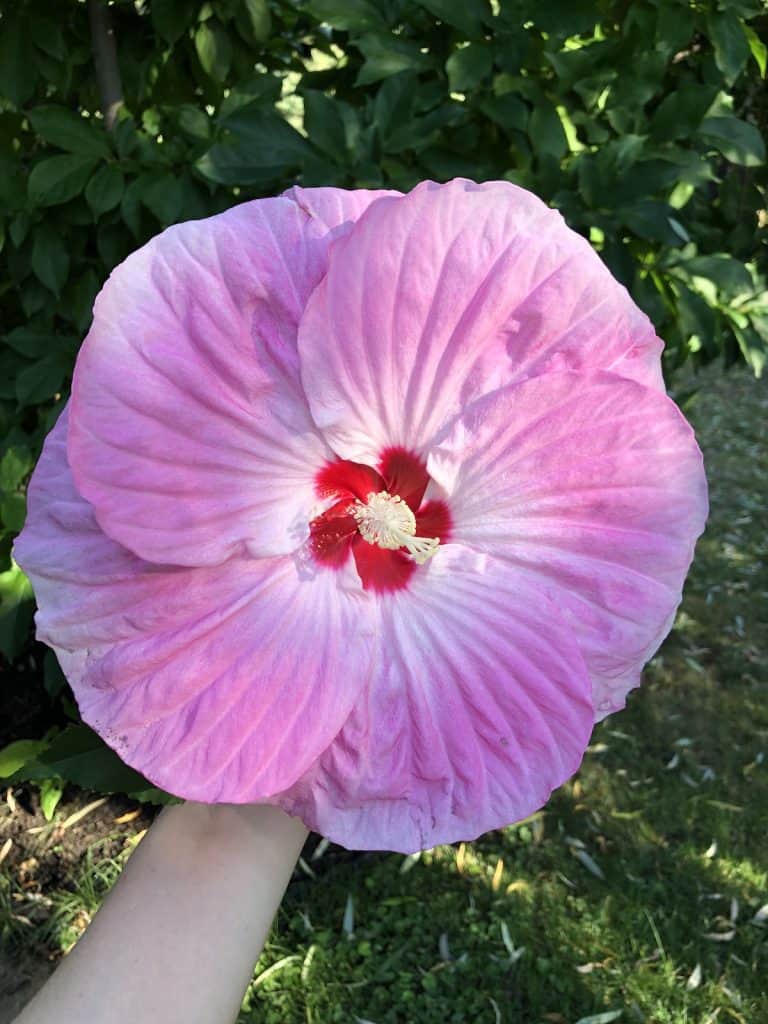
September in the Flower Garden
September is an important month in the flower garden. It’s the last month of abundant blooms before winter and also an important month to focus on the health of next summer’s flower show.
Blooming in September:
- Dahlias
- Canna Lilies
- Hardy Hibiscus
- Zinnias
- Hydrangea
- Rudbeckia
- Echinacea
- Helianthus
- Sedum
Be sure to take photos of all your favorite fall flowers in bloom, and also bring in a few flowers to enjoy in the house. If you have extras, bring some to a friend to share the lovely flower harvest.
September is the perfect month to divide many perennials, especially those that have finished blooming for the year. Dig up overgrown plants, divide up the roots, and transplant the divisions back into the garden or into individual pots to give away. Generally, the divisions from the outside perimeter of the plant tend to grow more vigorously than the older sections at the center.
In the event of an early frost, dig up dahlias, cannas, glads, and other delicate bulbs. Dry them out for a few days and store them in a cool, dry, dark spot with good aeration. Most flower gardeners store them in a material like peat moss, wood shavings, or perlite over winter.
“The secret of keeping the September flower garden vibrant is to deadhead daily, taking off every fading flower to provoke the equatorial plants such as tithonias, cosmos, zinnias and dahlias, to produce more buds for as long as the days (or more critically, the nights) stay warm enough.”
Down to Earth: Gardening Wisdom, by Monty Don
Minimize Pruning
Pruning should be minimized in the fall. For the most part, allow the plants to focus on going into winter dormancy rather than stimulating new tender growth by pruning branches.
There is, however, some pruning that can be done even in the fall. Have any branches removed that pose a safety hazard. Branches that are dead/dying/diseased/damaged are also removed any time of year.
Do a minimum aesthetic trimming of evergreen hedges. Trimmings can be used as cuttings and propagated into new baby plants over the following year.
You can also remove some of the foliage around ripening fruit like apples and even vines like pumpkins. Let the sun in to shine on the fruit’s skin and help it ripen.
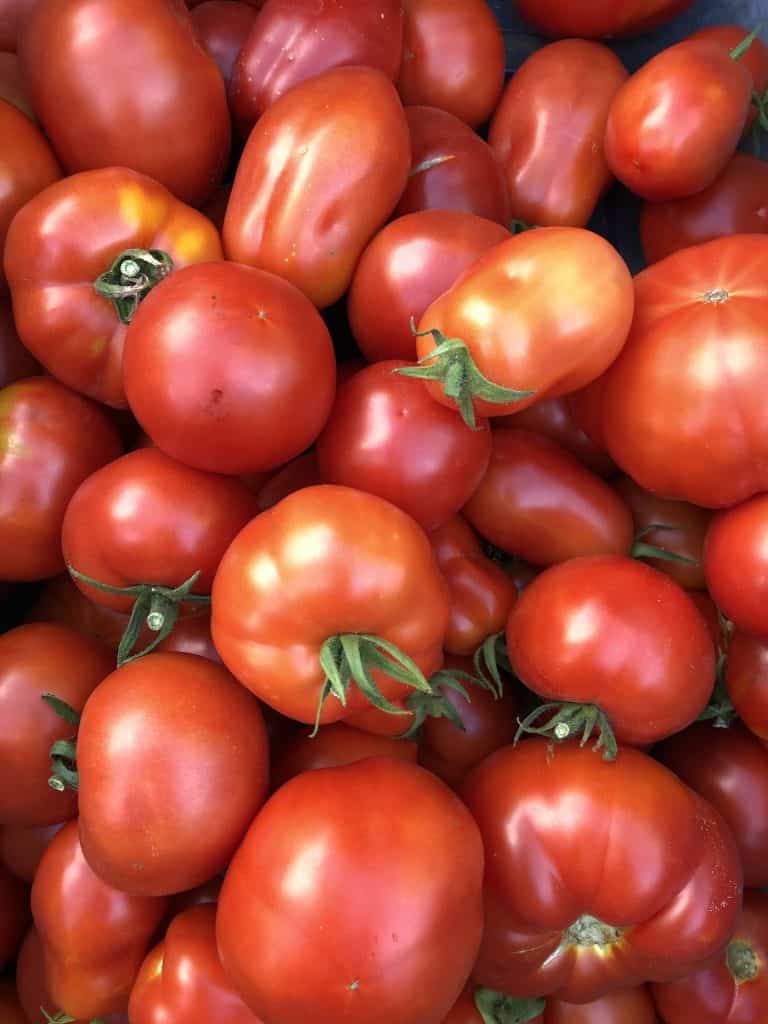
More September Gardening Tips
In case you’re still looking to maximize your September garden, here are some more tips for the early fall garden:
- Collect, dry, and save seeds from favorite plants
- Roast batches of tomatoes and freeze or can as pasta sauce or salsa
- Order specialty plants that may only be available in the fall (think bare-root trees, rare perennials, and specialty spring bulbs)
- Make a plan to cover tomatoes and peppers if there is an early frost
- Pot up a few herbs to bring indoors for Thanksgiving and Christmas holiday meals
- Bring houseplants back indoors before chilly temperatures arrive
- Take semi-ripe cuttings from this season’s branches on woody herbs, berry bushes, and flowering shrubs
- Relocate any perennials and shrubs that are not planted in an ideal location
- Visit a local fall fair to get inspiration for next year’s garden
